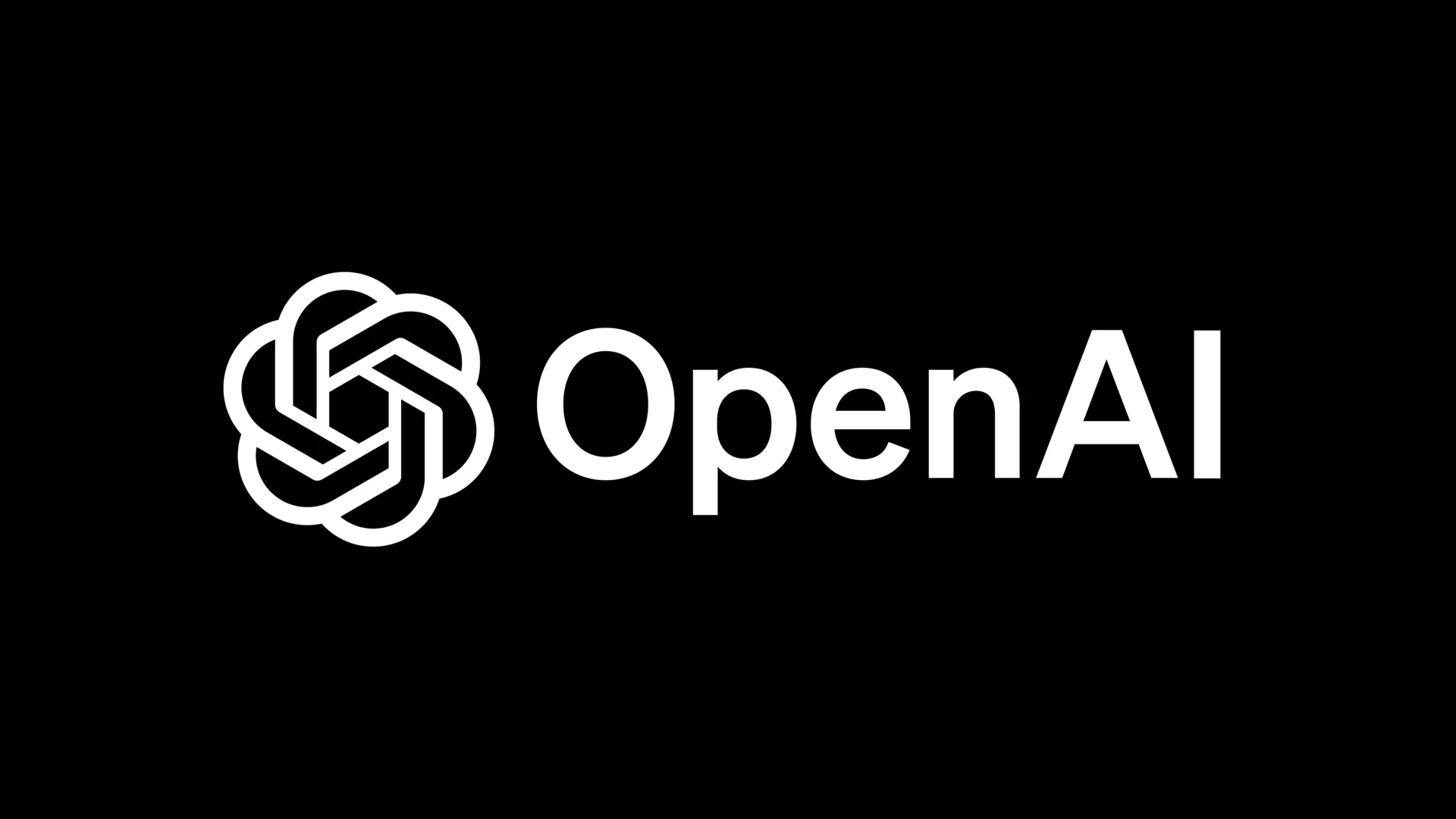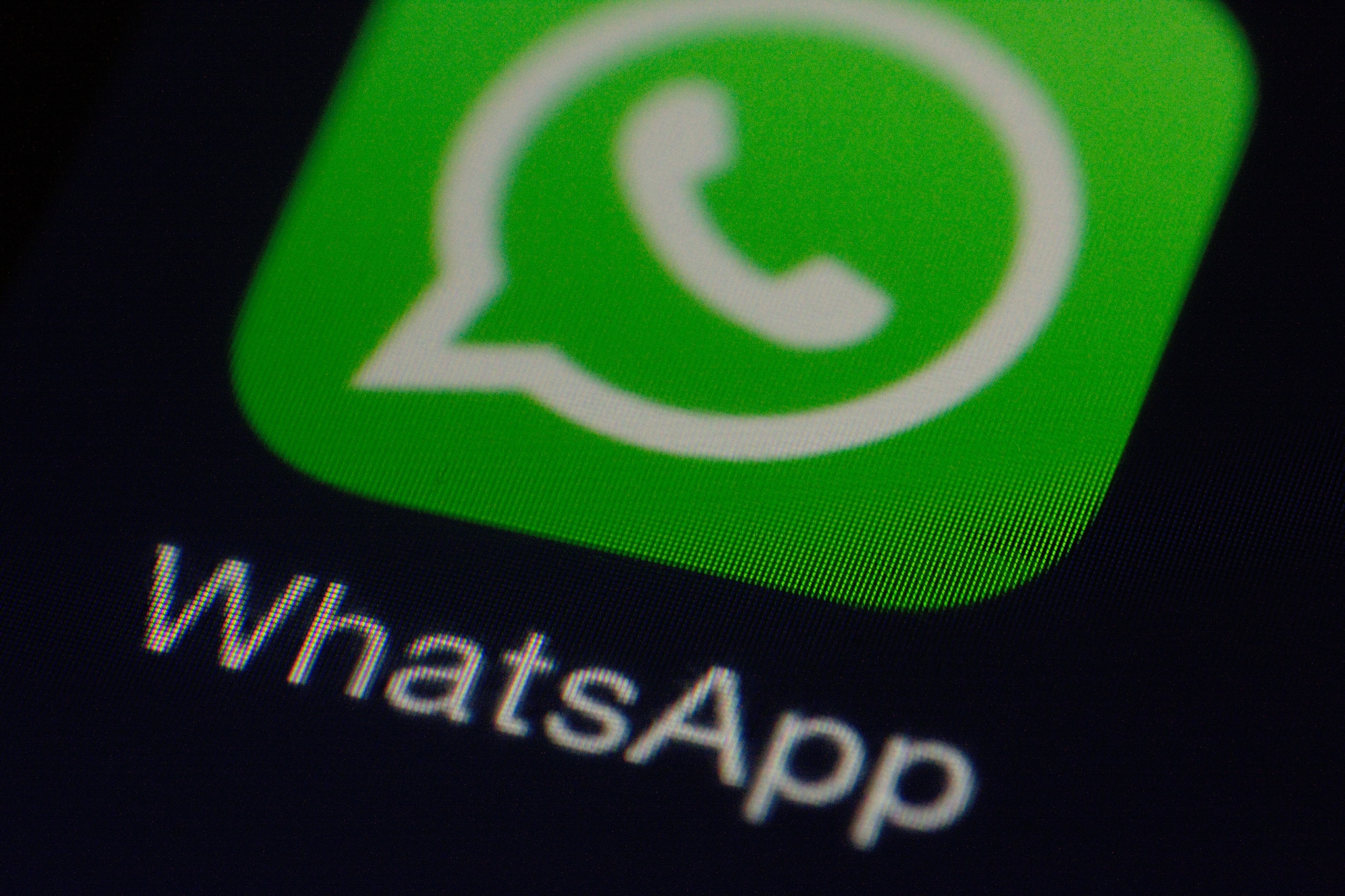A major cyberattack on Russia’s flagship airline Aeroflot has caused severe disruptions to flights, with hundreds of passengers stranded at airports. Responsibility was claimed by two hacker groups: Ukraine’s Silent Crow and the Belarusian hacktivist collective Belarus Cyber-Partisans.
The attack is among the most damaging cyber incidents Russia has faced since the full-scale invasion of Ukraine in February 2022. Past attacks disrupted government portals and large state-run firms such as Russian Railways, but most resumed operations quickly. This time, the effects were longer-lasting.
Social media showed crowds of delayed passengers packed into Moscow’s Sheremetyevo Airport, Aeroflot’s main hub. The outage affected not only Aeroflot but also its subsidiaries, Rossiya and Pobeda.
Most of the grounded flights were domestic. However, international services to Belarus, Armenia, and Uzbekistan were also cancelled or postponed due to the IT failure.
Early on Monday, Aeroflot issued a statement warning of unspecified problems with its IT infrastructure. The company alerted passengers that delays and disruptions were likely as a result.
Later, Russia’s Prosecutor’s Office confirmed that the outage was the result of a cyberattack. It announced the opening of a criminal case and launched an investigation into the breach.
Kremlin spokesperson Dmitry Peskov described the incident as ‘quite alarming’, admitting that cyber threats remain a serious risk for all major service providers operating at scale.
In a Telegram post, Silent Crow claimed it had maintained access to Aeroflot’s internal systems for over a year. The group stated it had copied sensitive customer data, internal communications, audio recordings, and surveillance footage collected on Aeroflot employees.
The hackers claimed that all of these resources had now either been destroyed or made inaccessible. ‘Restoring them will possibly require tens of millions of dollars. The damage is strategic,’ the group wrote.
Screenshots allegedly showing Aeroflot’s compromised IT dashboards were shared via the same Telegram channel. Silent Crow hinted it may begin publishing the stolen data in the coming days.
It added: ‘The personal data of all Russians who have ever flown with Aeroflot have now also gone on a trip — albeit without luggage and to the same destination.’
The Belarus Cyber-Partisans, who have opposed Belarusian President Alexander Lukashenko’s authoritarian regime for years, said the attack was carefully planned and intended to cause maximum disruption.
‘This is a very large-scale attack and one of the most painful in terms of consequences,’ said group coordinator Yuliana Shametavets. She told The Associated Press that the group spent months preparing the strike and accessed Aeroflot’s systems by exploiting several vulnerabilities.
The Cyber-Partisans have previously claimed responsibility for other high-profile hacks. In April 2024, they said they had breached the internal network of Belarus’s state security agency, the KGB.
Belarus remains a close ally of Russia. Lukashenko, in power for over three decades, has permitted Russia to use Belarusian territory as a staging ground for the invasion of Ukraine and to deploy tactical nuclear weapons on Belarusian soil.
Russia’s aviation sector has already faced repeated interruptions this summer, often caused by Ukrainian drone attacks on military or dual-use airports. Flights have been grounded multiple times as a precaution, disrupting passenger travel.
The latest cyberattack adds a new layer of difficulty, exposing the vulnerability of even the most protected elements of Russia’s transportation infrastructure. While the full extent of the data breach is yet to be independently verified, the implications could be long-lasting.
For now, it remains unclear how long it will take Aeroflot to fully restore services or what specific data may have been leaked. Both hacker groups appear determined to continue using cyber tools as a weapon of resistance — targeting Russia’s most symbolic assets.
Would you like to learn more about AI, tech, and digital diplomacy? If so, ask our Diplo chatbot!










